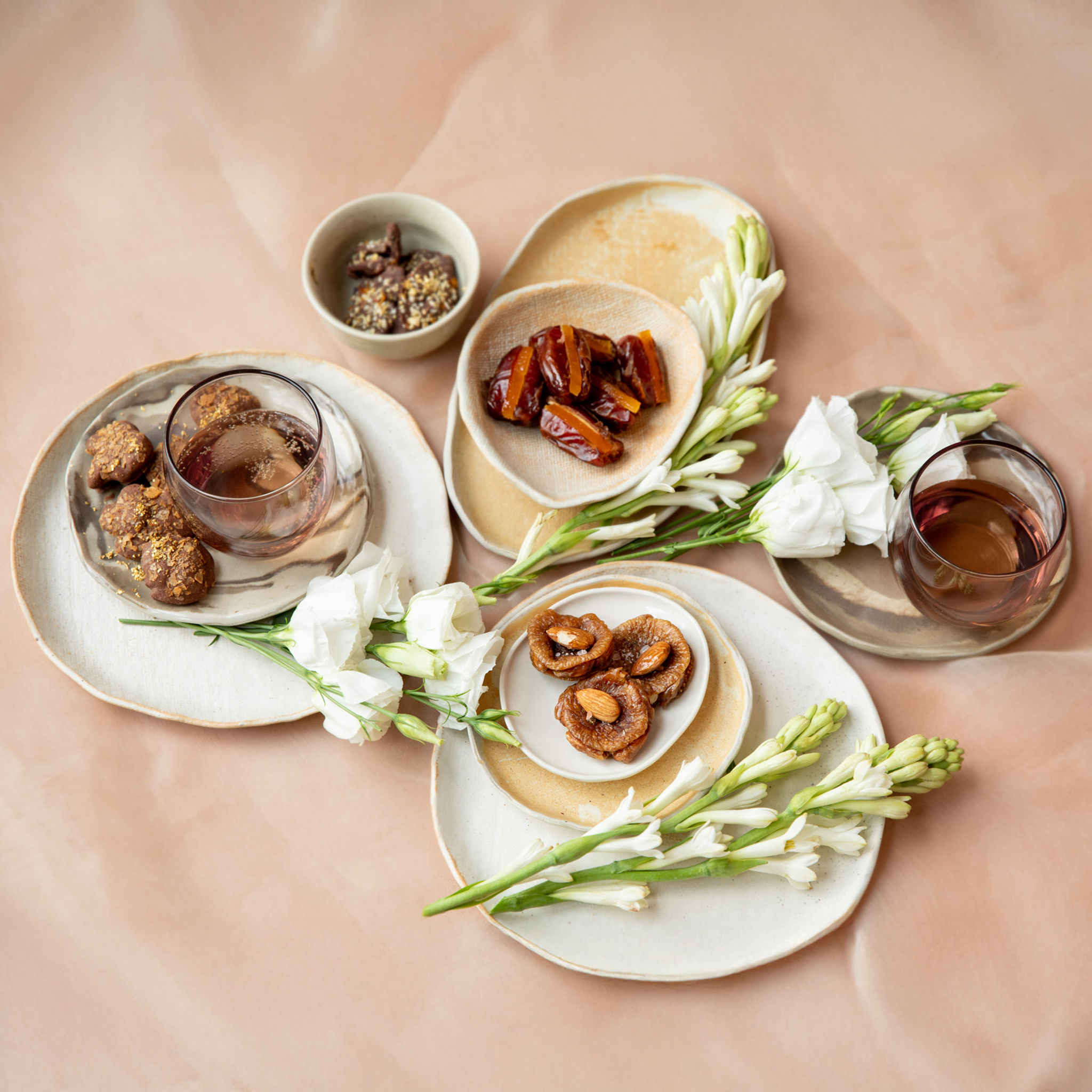
Mandavi Kanchan
Lohri & Childhood
Both my parents immigrated to the Gulf before I was born and a big part of their immigrant experience was to cherish Indian traditions and culture even more dearly than those back home. I particularly remember Makkar Sankranti or Lohri since it was the first festival of the year. As a third culture child, I didn’t care to understand the stories behind our festivals which were briskly summarised in Poojas conducted at home. I was more drawn to huddling around the bonfire, embracing the warmth from its flames and then its embers. As the fire faded away slowly, Bhaiya and I would throw the unpopped kernels into the golden red heat of the embers to hear the slow crackle and kill time until Papa would bring out the real treat.
Papa was a most practical man, always teaching us to value the meaning and not get too preoccupied in the details. It did also help that he was in the dried fruits & nuts trade, always teaching us to handpick the best and most succulent produce. For him, revering the Farmer as an entity and his customs were paramount for if there was no farmer, there would be no harvest. So in our immigrant household of 4, we learned to celebrate the global farmer and his global produce i.e. the one responsible for plucking the sweetest raisin in Kabul, or the one responsible for deshelling the greenest pistachios in Iran, etc so Papa could make the most lucrative sales as a trader.
Both Ma and Papa were working parents with no help, as typical of an immigrant family so arranging for Til and Gajjak would be too difficult for them. During the simpler times of the 90s, the world was more innocent and devoid of delivery apps. Papa was also extremely resourceful and would choose instead to cook his own Prasad from the very little Shakkar that Dadi would pack for us on our annual trips to India. She claimed it was from the sweetest sugar cane in Shahjahanpur and wrapped it gingerly in a muslin cloth after swatting our impatient fingers. Lohri would be the only time of the year when the sacred package would reappear for Papa’s special treat.
I never really understood my parents zeal to use Indian utensils over the more pristine Western ones advertised relentlessly on TV. I only later realised the significance of the kadaai and kadchi that they must have carried with them when they first arrived in the Gulf, and why it was so important for them to preserve their identity on a turf that was still foreign to them. So on every Lohri morning, Papa would set out to make his famed Anjeer Laddoos with his prized utensils. He let us marvel at the ripened figs strung closely on a rope and let our fingers pull out only those that were soft and succulent enough to mince. He would then make us meticulously clean out the raisins we would buy from Herat-e-Afghan, the neighbourhood grocer. Even though a painstaking process, Bhaiya and I would have the most fun taking turns hand mincing the figs and raisins, each making an exaggerated show of strength. Once done, we would proudly serve our contribution and hover around the stove for the sweet smells that would waft.
Papa would first heat the kadaai and generously add in the ghee and shakkar till we could drink in the beautiful sight of the golden brown syrup. He would scoop in the paste we had ground, not leaving behind a single grain. The sweet caramel-like smell of the simmering ingredients would fill the house and draw us all in. We were entranced watching Papa as he would then start vigorously churning the paste with his kadchi so to avoid having it stick to the bottom. Just when we would have thought that the smell couldn’t grow any sweeter, he would add some pan toasted nuts and send us all dreaming again. He would switch off the heat, letting the mixture cool till we could fold the mithai in our small hands to round them into ladoos. Papa always welcomed creativity and I would often decorate mine with a few strands of saffron or fragrant rose petals.
When we circle the fire, Papa would often offer the smallest ladoos as per tradition but I would dearly hold onto mine, snacking on it away from prying eyes. There was really no way I would part with them!
When I started Bruijn with intention of revisiting forgotten classics, I needed to preserve Papa’s recipe of Anjeer laddoos as greatly as I could – much like how my parents believed in preserving traditions in a foreign land to strengthen their identity. Papa did also, however, always encourage us to be the best version of ourselves so despite changing its name and shape, I retain my memories of Lohri through this recipe. There is a certain nostalgia recreated with the clink of the kadchi against the kadaai that makes the memory all the more fonder.
The Anjeer ke Ladoos are referred to as Fig and Nut Squares on our menu and can be shopped here.


